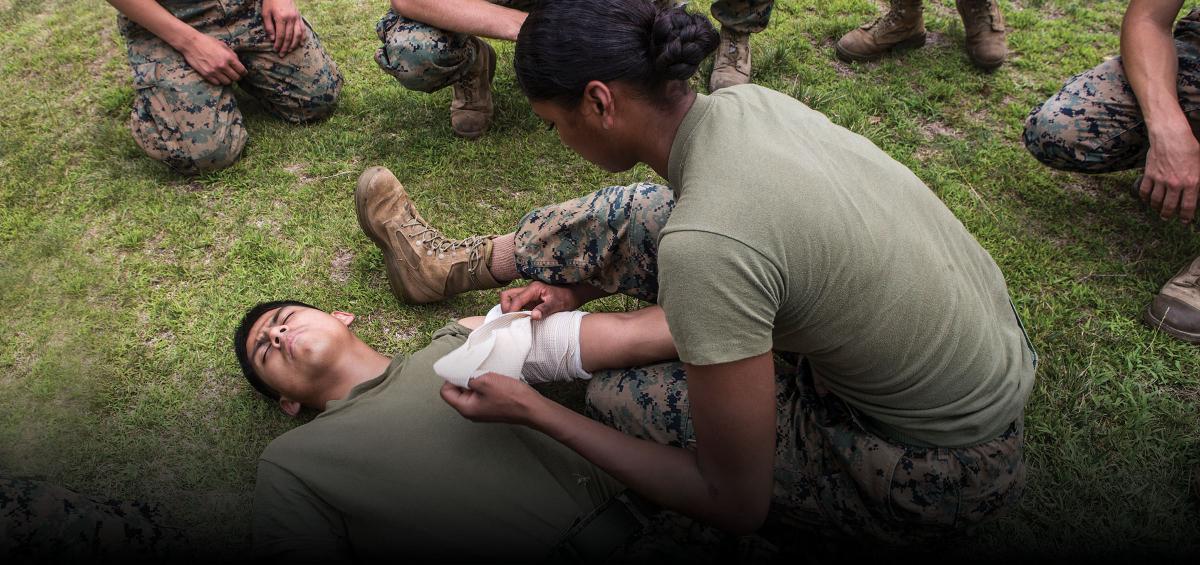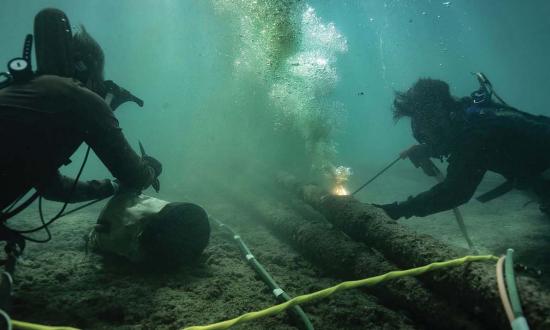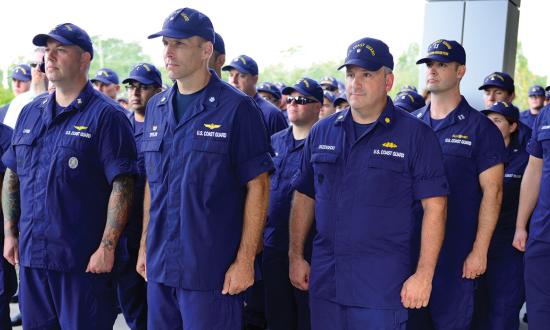"Marines run toward the sound of gunfire,” the motto goes. They also do not hesitate to assist the injured or sick, in combat and at home. However, the standard of medical training for Marines is haphazard and not extensive. Marines could be better prepared to meet medical emergencies at home and abroad with standardized training and a regimented qualification system for medical skills.
Currently, Marines receive some combat-centered medical training in boot camp. Following initial training, it is at unit discretion if Marines receive any additional training or even maintain the skills they learned. Programs such as physical fitness, marksmanship, and swimming are annual requirements in the fleet—why not medical training as well? While MarAdmin 209/12 directs unit commanders to maintain two combat lifesaver Marines per medical corpsman, this metric is rarely achieved.
According to the Commandant’s Planning Guidance, Marines will become more involved in distributed operations across the Pacific.1 With Marines spread across a wide geographic area and operating where area-denial weapon systems are active, rapid casualty evacuation may become a thing of the past. Corpsmen already are stretched thin, so it will become more important to have a cadre of Marines with additional medical training who can provide basic stabilizing care.
In addition, Marines at home in garrison are underprepared to respond to civilian medical emergencies. According to the Marine Corps awards system database, 117 Marines have received the Navy and Marine Corps Medal for noncombat heroism since 2010. A sample review of the citations indicates most awards featured a Marine entering a hazardous situation and providing first aid until emergency services personnel arrived. In many cases, Marines provided care far in excess of their training, stabilizing injuries from motor vehicle accidents, assisting victims of drowning, or providing cardiopulmonary resuscitation (CPR). Such actions generally are covered by Good Samaritan laws, but there is potential liability in assisting victims beyond the scope of received training. With additional training, Marines could be better prepared to meaningfully assist in noncombat-related emergencies and with greater benefit to those for whom they care.
A very practicable and achievable goal would be to certify all Marines in CPR and the use of automated external defibrillators (AEDs). In 2013, Lance Corporal David Finlayson was participating in a five-mile run on base when he suddenly collapsed from cardiac arrest.2 Suspecting heat stroke, fellow Marines first splashed him with water. Though there was an AED nearby, no one thought to grab it, and CPR was delayed because Marines on the scene thought a heat had caused Finlayson’s collapse. Emergency medical technicians were unable to revive him, and he died at the scene.
According to the American Heart Association, CPR performed by trained persons can triple the survival rate of cardiac arrest victims.3 Marines who complete the Red Cross version of Adult and Pediatric First Aid/CPR/AED also would receive training in basic first aid and the Heimlich maneuver on adults and children. This would prepare them to assist in emergencies and would also be prudent considering the leading cause of death in young athletes, such as junior Marines, is sudden cardiac arrest.4 All medical providers in the Navy are required to have CPR/AED training, and trainers are already in place at most major installations, especially those with a hospital. With a modest increase in trainers, every Marine could receive this certification at least once during his or her service.
Every Marine also would benefit from attending Combat Lifesaver (CLS) and its more advanced counterpart, Tactical Combat Casualty Care (TCCC). A study by the Defense Health Board reviewing battlefield medical care during Operations Enduring Freedom and Iraqi Freedom identified mandated TCCC training as the reason that members of the Ranger Regiment survived at three times the rate of other service members when critically wounded on the battlefield. Moreover, the study revealed that of the Rangers who died after evacuation, none died because of lack of lifesaving care at the point of injury. While it may seem daunting to certify a majority of Marines in basic medical proficiency, a training course featuring back-to-back CPR/AED, CLS, and TCCC could take as few as ten days, or the same amount of time Marines spend each year at the rifle range.
Marines who complete CPR/AED training and Combat Lifesaver could be awarded proposed additional Military Occupation Specialty (A-MOS) 8030, Basic Marine Lifesaver (BMLS). Marine certified trainers in CLS, TCCC, and CPR/AED would earn the proposed 8031 A-MOS of Basic Marine Lifesaver Instructor. Reforming medical training in the Marine Corps also should include formally recognizing intermediate- and advanced-level training. Marines with such training could supplement corpsmen and conduct classes. These levels could be recognized as Intermediate Marine Lifesaver/Instructor A-MOS 8032 for Marines who achieve Emergency Medical Technician Basic Certification, are graduates of the Special Operations Combat Medics course, or are former Navy corpsmen.
Finally, proposed A-MOS 8033, Advanced Marine Lifesaver, would recognize the rare Marine with emergency medical technician paramedic certification or Marines with prior experience as civilian medical providers, such as registered nurses or above. Education beyond BMLS would be voluntary but would provide an incentive for Marines to continue their education. Training beyond BMLS could be factored into the Junior Enlisted Performance Evaluation System for promotion points.
This initiative also would increase the bond between the Navy’s Medical Corps and the Marine Corps. Medically certified Marines could reduce the burden on corpsmen, who are often assigned to multiple training events per week on hikes, swim qualification, and obstacle courses. Battalion aid station medical providers could supervise intermediate- and advance-trained Marines in standard-of-care protocols for routine injuries, rolled ankles, dehydration, and bleeding control. This could free corpsmen for higher-risk events and allow battalions to conduct more training that previously required corpsmen, such as obstacle courses and martial arts instruction.
Enhanced medical training would prepare Marines to respond to emergencies in combat and at home. This plan could be quickly implemented with a fleetwide administrative letter. Basic- and intermediate-level medical training would enhance the survivability of every Marine and at a low cost. Most important, however, Marines with this training would return to the civilian world with lifesaving skills they would use for the rest of their lives, fulfilling the Marine Corps’ mission of building better citizens.
1. Gen David H. Berger, USMC, Commandant’s Planning Guidance (Washington, DC: Headquarters Marine Corps, July 2019).
2. Ray Miller-Still, “Marine’s Death Inspires Awareness Campaign for Sudden Cardiac Arrest,” Federal Way Mirror, 20 August 2018.
3. American Heart Association, “CPR Facts and Stats,” 1 January 2020.
4. Mayo Clinic Staff, “What to Know About Sudden Death in Young People,” 9 January 2019.







